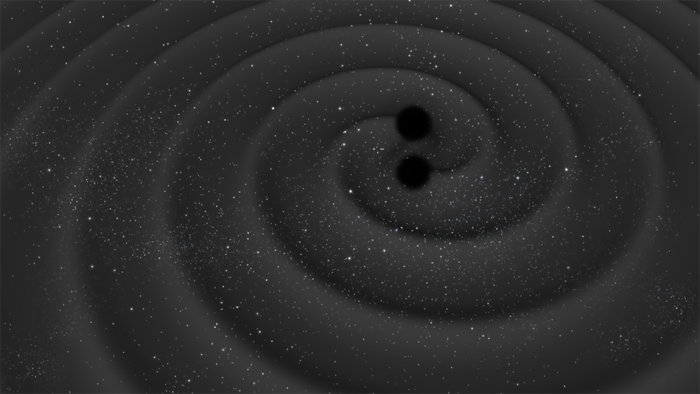GRAVITATIONAL WAVE MISSION SELECTED, PLANET-HUNTING MISSION MOVES FORWARD

20 June 2017
The LISA trio of satellites to detect gravitational waves from space has been selected as the third large-class mission in ESA’s Science programme, while the Plato exoplanet hunter moves into development.
These important milestones were decided upon during a meeting of ESA’s Science Programme Committee today, and ensure the continuation of ESA’s Cosmic Vision plan through the next two decades.
The ‘gravitational universe’ was identified in 2013 as the theme for the third large-class mission, L3, searching for ripples in the fabric of spacetime created by celestial objects with very strong gravity, such as pairs of merging black holes.
Predicted a century ago by Albert Einstein's general theory of relativity, gravitational waves remained elusive until the first direct detection by the ground-based Laser Interferometer Gravitational-Wave Observatory in September 2015. That signal was triggered by the merging of two black holes some 1.3 billion light-years away. Since then, two more events have been detected.
See full text